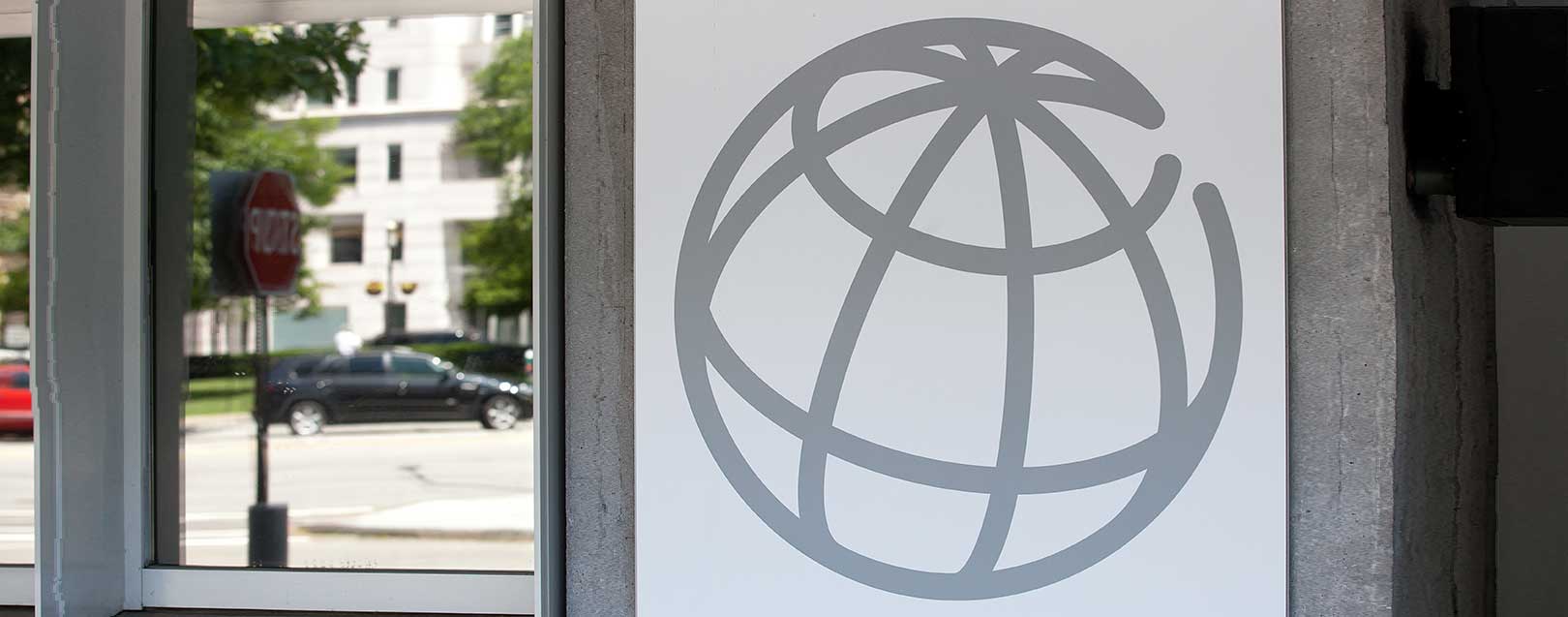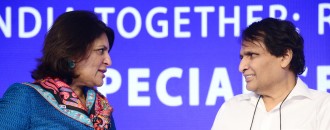
World Bank predicts 7.7% GDP growth for India through 2019-20
The Dollar Business Bureau
World Bank, in its new edition of 'South Asia Economic Focus', marks South Asia as the fastest growing region in the world. Growth in the region, pegged at 6.7% for 2016-17, was stronger than that in East Asia, which stood at 6.3%. The global annual growth of 2.3% is also dwarfed by South Asia's stellar performance. Bhutan, Bangladesh and India were labelled as the high performers carrying off the entire region into glory.
But just like the rest of the world, growth in trade and investment was disappointing even in the fastest growing region. This trend may soon witness a turnaround as countries like India and Sri Lanka rebound on export growth. In India, the month of March 2017 boasted a six-year high in exports.
Specifically for India, it predicts growth to recover to 7.2% in 2017-18 and go further up the curve to 7.5% in 2018-19, followed by 7.7% in 2019-20.
The report blames the short-term negative impact of demonetisation coupled with tepid private investment for subdued growth in the current fiscal. An improvement in the investment climate is expected to boost private investment which will help deliver on high GDP growth promises.
Regarding macro-economic outlook, the report stated, "India’s fiscal, inflation and external conditions are expected to remain stable. The center will continue to consolidate modestly in FY17/18, while retaining the push towards infrastructure spending. Inflation will stabilize, supported by favorable weather and structural reforms."
Among challenges facing India's economy, the document mentioned rising oil prices which would heavily weigh on India's import bill, the stressed financial sector which is holding back private investment, big corporations struggling with a debt overhang and the possible slowing of world trade due to world-wide backlash against globalisation.
The report lauded a few reforms initiated by the Centre, including the formation of Monetary Policy Committee, which boosted credibility of the Central Bank. The timely and hassle-free implementation of GST was termed as a 'significant upside risk' for economic activity in the year 2017-18. The government's commitment towards meeting its fiscal deficit target and the resurgence of exports in the latter part of 2016 are also positives for the performance of the economy. India's foreign reserves are comfortably seated on a $360 billion balance, which can pay for 9 months of imports.
Summarising India's future prospects, the published document said, "Rebalancing of growth drivers towards investment will support the sustainability of GDP and household income growth, albeit with heightened uncertainty."






 to success.
to success.